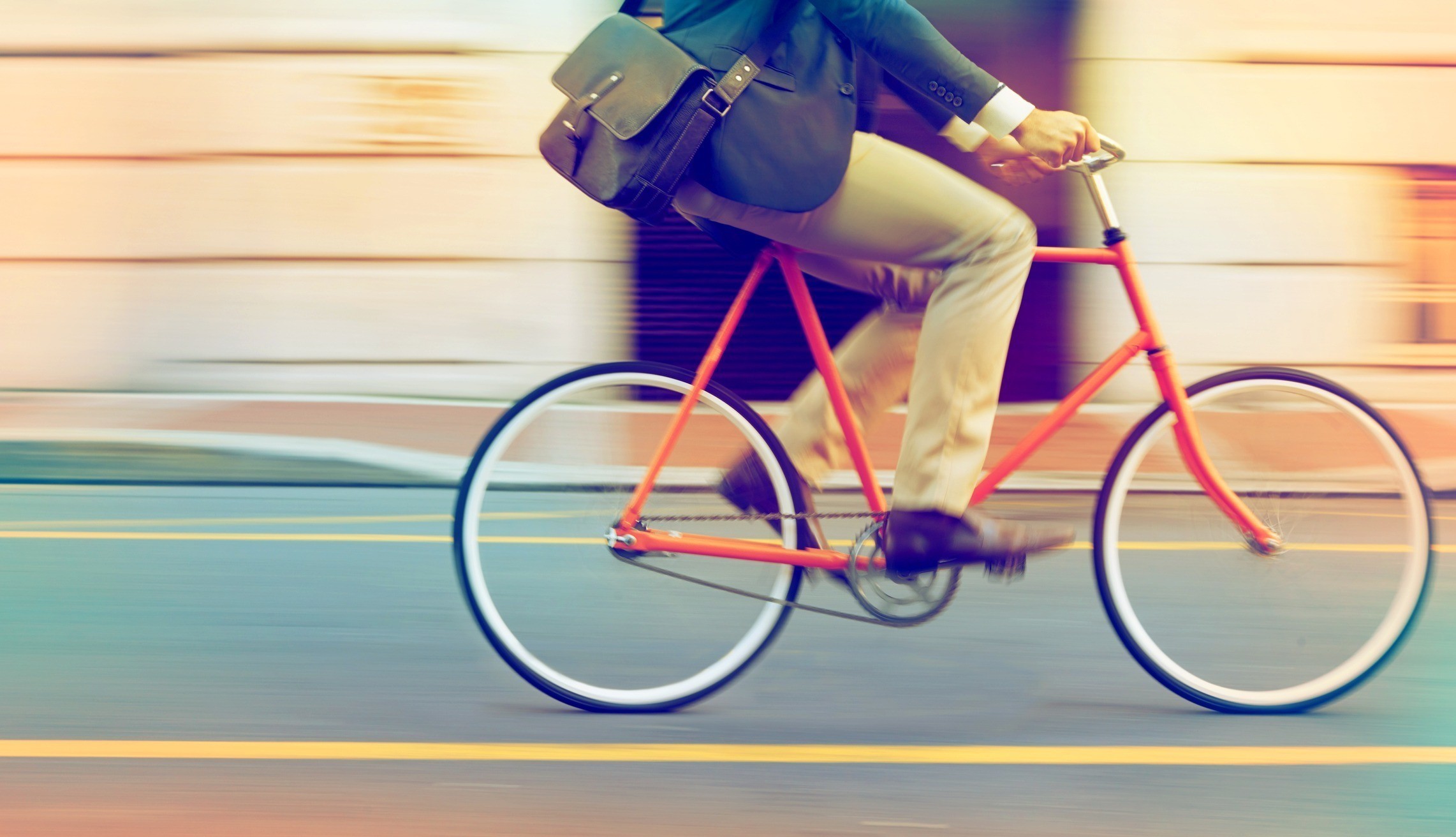Has COVID-19's bicycle boom reached its peak?

The COVID-19-induced bike boom hit retailers unprepared. Image: Unsplash/Coen van de Broek

Get involved with our crowdsourced digital platform to deliver impact at scale
Stay up to date:
Global Health
- When COVID-19 restrictions hit the United States in March 2020, millions of Americans rediscovered bicycles in the face of gym and public transportation closures.
- Consumer spending on bicycles and accessories peaked at $8.3 billion in 2021, adjusted figures from the US Bureau of Economic Analysis show.
- As restrictions began to lift in Q3 2021, bicycle spending started to decrease, whilst still remaining higher than pre-pandemic levels.
When the Covid-19 pandemic hit the United States in March 2020, forcing gyms to shutter and public transportation to suspend operation, millions of Americans re-discovered bicycles as a safe, socially-distanced form of physical exercise and transportation. The bike boom hit retailers unprepared, causing new bicycles to become a scarce commodity, exacerbated by the fact that global bicycle supply was also constrained due to Covid-19.
Bike boom: the rise and fall
According to inflation-adjusted figures published by the U.S. Bureau of Economic Analysis, Americans spent $7.0 billion on bicycles and accessories in 2020, up from $6.1 billion the year before. The trend continued in 2021, when consumer spending on bicycles and accessories reached almost $8 billion. Looking at seasonally adjusted quarterly figures, bicycle spending peaked in Q2 2021, when consumers bought bikes and equipment at an annual rate of $8.3 billion compared to pre-pandemic spending of around $6 billion per quarter.
Starting in Q3 2021, when warmer weather and rising vaccination rates helped lower case counts and enable a return to normal life, bicycle spending started to decrease. At an annual rate of $7.5 billion, spending remains above pre-pandemic levels, however, fueling hopes that the industry could remain in a higher gear compared to pre-Covid days.
What is the World Economic Forum doing to encourage healthy living in cities?
Don't miss any update on this topic
Create a free account and access your personalized content collection with our latest publications and analyses.
License and Republishing
World Economic Forum articles may be republished in accordance with the Creative Commons Attribution-NonCommercial-NoDerivatives 4.0 International Public License, and in accordance with our Terms of Use.
The views expressed in this article are those of the author alone and not the World Economic Forum.
Related topics:
The Agenda Weekly
A weekly update of the most important issues driving the global agenda
You can unsubscribe at any time using the link in our emails. For more details, review our privacy policy.
More on Health and Healthcare SystemsSee all
Shyam Bishen
April 24, 2024
Shyam Bishen and Annika Green
April 22, 2024
Johnny Wood
April 17, 2024
Adrian Gore
April 15, 2024
Fatemeh Aminpour, Ilan Katz and Jennifer Skattebol
April 15, 2024








